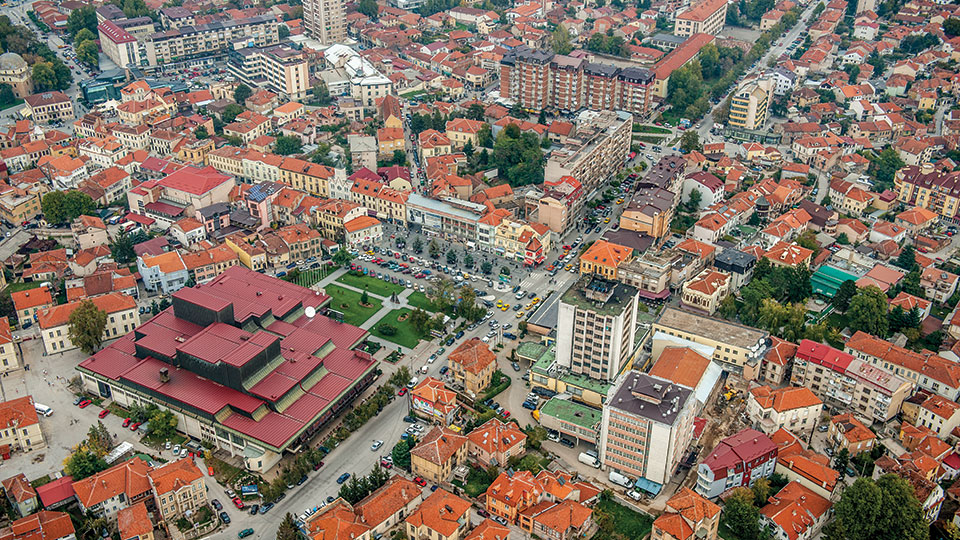Bitola - The city of consuls
In the southwest part of Macedonia is the city of Bitola - administrative, cultural, economic, industrial, educational and scientific centre for that part of the country. The city is known as the "city of the consuls", because here the consular offices of the European countries were in the Ottoman Empire, where together with Thessaloniki it was the most important point in the European part of the Empire./p>
The name of the city of Bitola
In the period 1864 - 1912, Bitola was the capital of the Bitola vilayet, one of the three vilayets in the region of Macedonia. Even today, a large number of consular offices in the Republic of Macedonia are located here. Bitola is the second largest city in Macedonia according to the number of inhabitants. During Yugoslavia, it was one of the cultural centres, both in the Kingdom of Yugoslavia and in the SFRY. The father of the Turkish nation, Kemal Ataturk, graduated from the officer school in Bitola.
Some of his items are preserved at the National Museum today. According to Adrian Rum, Bitola originates from the word Obitelovoj - an expression that is still used in the Croatian language which during the Middle Ages was used for a community of monks, as a family or monastery. For the same reasons, the Greeks called it Monastiri. The city of Bitola got its name after the great landowner Toljo, who had his own fortress near the present-day Bitola village Bukovo. At the time when the Turks came to conquer this part of Macedonia, in order to call the great landowner Toljo for struggle, they told him "Bi Tolo, do bi Toljo".
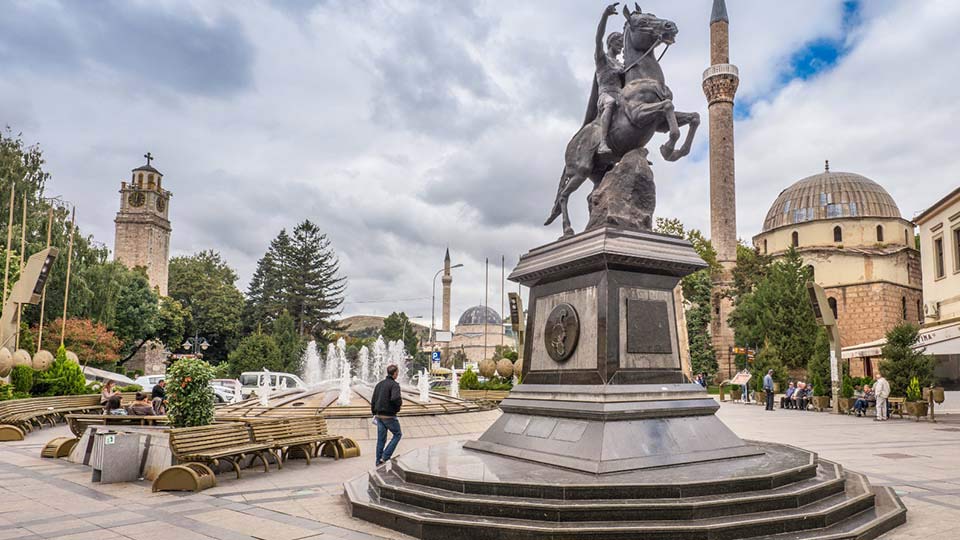
Bitola through history
During the Ottoman rule, the city was called Monastir, which the Turks and Albanians adopted from the Greeks. After the Balkan wars from 1913, the city fell under Serbian occupation and again received the old name Bitola. The city has a mean annual air temperature of 11.1 ° C, but with large deviations in certain years.
The climate in Bitola
The coldest month is January, with an average monthly temperature of -0.6 ° C, but with an absolute minimum temperature of -30.4 ° C. The warmest month is July, with an average monthly temperature of 22.2 ° C and an absolute maximum temperature of 41.2 ° C. The absolute annual variation of the air temperature is 71.6 ° C, which is specific for the continental climate. Temperature has a continental climate feature, and rains have a feature of dry altered-Mediterranean or steppe climate that, in moments, has breakthroughs of hot air masses from North Africa. The average annual rainfall is 601 mm, with values ranging from 338 mm to 879 mm. Bitola is also an example with the appearance of polar light. The isohasma (a line that links places with the same number of days with the appearance of polar light) passes through Bitola - 0.1 which means that in the sky of Bitola only once every 10 years, polar light appears.
Shirok Sokak
The first consulate in Bitola was established in 1851 by the Austro-Hungarian Empire at that time, precisely at Shirok Sokak. Later it will be done by the British and the French, followed by the consuls from Russia, Italy, Serbia, Bulgaria and Romania. The first lamps of Shirok Sokak removed the darkness from the Clock Tower next to the Officer's House exactly at 17:00 on December 24, 1924. At that time, Shirok Sokok had offices of numerous foreign companies, prestigious restaurants, pastry shops, a branch of the Franco-Serbian Bank. That first consul period was the inspiration for numerous consuls songs, for the carriages, for the pianos, for the famous ckembe stew, for the Vlach district and the yellow houses, for love. The dream of the citizens of Bitola their city to become consul city once again, were achieved with the independence of Macedonia.
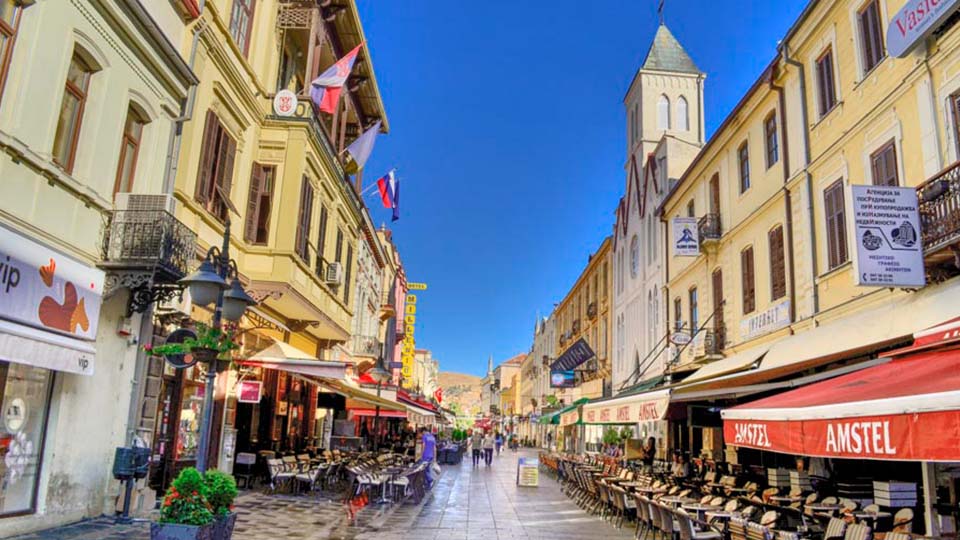
Heraclea Lyncestis (4th century BC)
Heraclea Lyncestis is one of the most famous Macedonian ancient cities, located in the immediate vicinity of Bitola. It was founded in the middle of the 4th century BC by Philip II of Macedonia. The city was a developed military-strategic centre on the north-western border of the Macedonian area of Linkersida at that time (today's Bitolsko Pole). Located on the most important road of that time, Via Egnatia, Heraclea becomes its most important station in the region. In the Early Christian period it was bishop's seat. In Heraclea, portico with honorary monuments, small and large basilica, Roman bath, theater, city fountain of Justinian from the 6th century, a bishop's residence, were discovered. Life in Heraclea dies at the end of the 6th century. Today it is a significant archaeological site, but also a place for cultural manifestations.
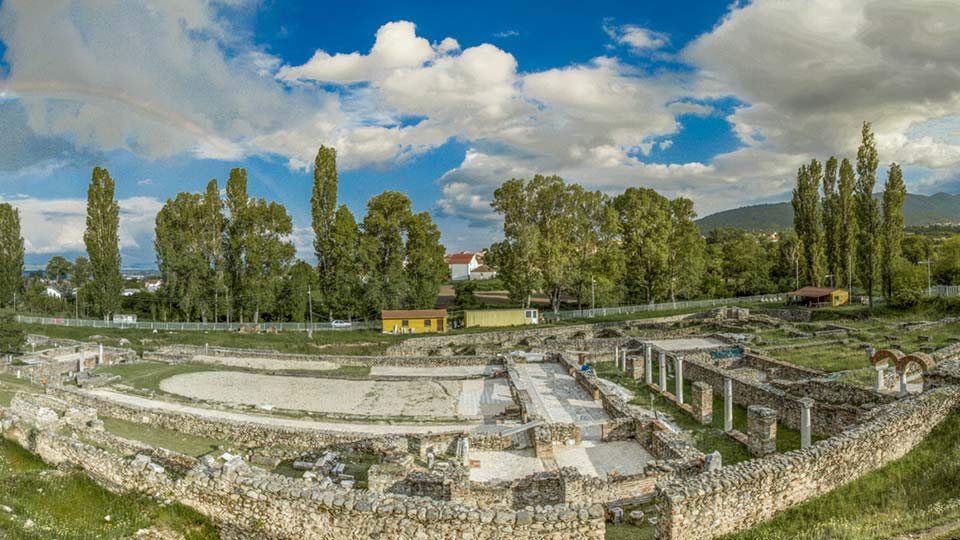
Isaac Mosque (1508)
Iskhak Chelebi Ibn Issa mosque, as its full name is, is one of the oldest preserved mosques in Bitola and one of the most famous Muslim sacred cultural and historical facilities in Macedonia. With a minaret at a height of about 50 metres, the mosque dominates the space opposite the Clock Tower and the Great Bezisten. In its large courtyard there are several graves, attractive for the sophisticated forms of the sarcophagi. This one-room under-dome mosque is a true resting place for its founder. The main decorative element in the porch are the four pillars, which dominate the space, placed on high stone posts that end with identical capitals. Through the main portal, one enters the praying space with lavish decoration. The particularity of this mosque is due to the game of colours and shapes, which are reflected in every part of the mosque.p>

Clock Tower (XVII century)
The Clock Tower is the most recognizable monument that identifies Bitola. It is located in the very centre, where the city clock dominates the space with its height and broadcasts popular music when it is clocking. Although documentation of its building was not found, it is thought to have been built during the period of Turkish rule, in the 14th century, along with the Yeni mosque. It is 33 metres high, placed on a square base. On the north side there is a semicircular entrance and internal spiral stone stairs. It is divided into three floors, and on the top is the clock mechanism on all four sides. The uppermost part is a small dome, which offers a beautiful panorama of the consul city and its wider surroundings. The park around the tower is a place where citizens gather on Christmas Eve and light candles along the lawn and pavement.
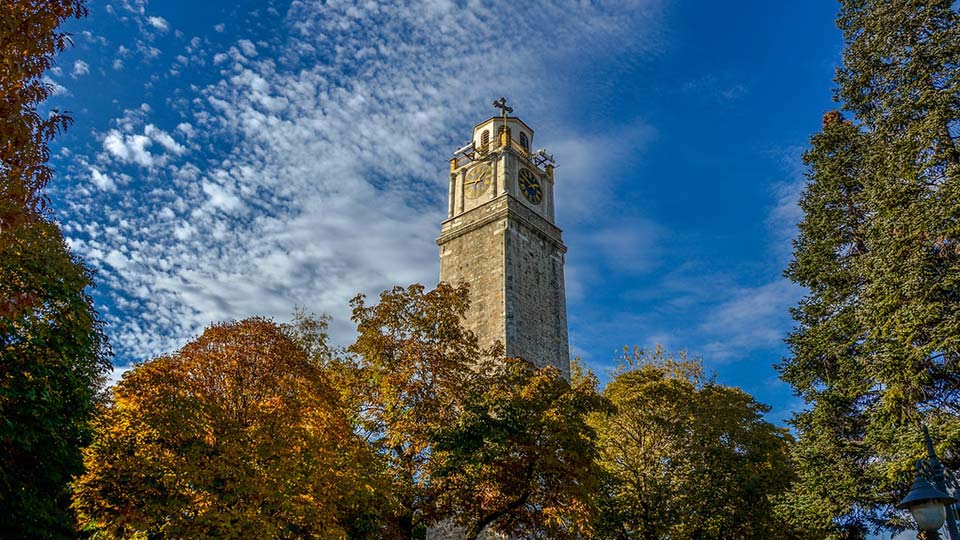
More information about Bitola can be found on this website.

